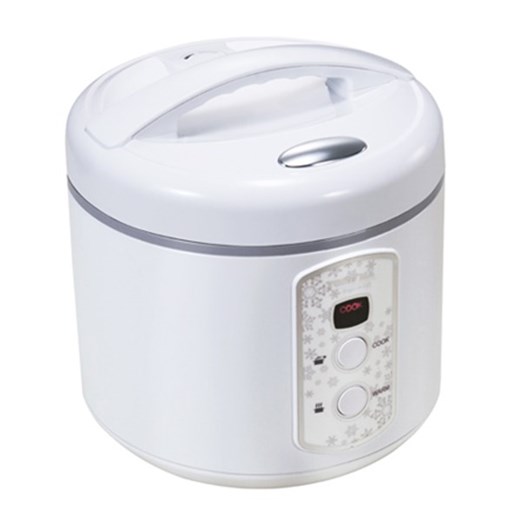
Mix the baking soda solution into batter.ĥ. Cover the batter with a wet towel and pan, and leave in a cool, dry place for 24 hours.Ĥ. Add each portion to the levain mixture, mixing well, until the sugar has completely dissolved and batter is smooth and slightly thick before adding the next portion.ģ. Whisk the eggs and divide into 4 portions. Add the sugar, custard powder, milk powder and flour into the levain mix by hand.Ģ.
#MA LAI GAO RICE COOKER PLUS#
Ma Lai Gao Recipe courtesy of Chef Wong Yiu-Por, China Tang, Hong KongĢ50 milliliters vegetable or peanut oil, plus more for coatingġ. However, if you like the original ma lai gao, here is chef Wong's step-by-step recipe to walk you through the process. These days you can find many innovative variations of ma lai gao: some adding corn for texture, replacing granulated sugar with brown sugar to alter the flavor, or even turning it into a sandwich cake by adding a layer of custard in the middle. Personally, I don't have a preference, I am happy to eat both," laughs Wong. Why? "The center is often the cake's thickest part, and probably not as fluffy as the rim. One interesting habit in communal ma lai gao consumption is that people tend to choose the "rim" of the circular cake and avoid the center. "For example, those near the markets, where there are more blue-collar workers, make sweeter cake restaurants in Central and Tsim Sha Tsui, in contrast, make them milder." "The time and effort put into making levain is totally worth it, as it enhances the smoothness and chewiness of the cake.”Įach restaurant has its own recipe: "Restaurants have always adjusted their style according to their customer base," he adds. Some might be tempted to replace levain with baking soda-Wong doesn't recommend this shortcut. Making the levain presents the biggest challenge if you are new to cooking, expect unsatisfactory first attempts. The main ingredients of ma lai gao are fairly basic: flour, eggs, sugar, milk and levain, a mixture of flour and water that has been converted into a leavening agent through the process of fermentation. Later, Cantonese chefs brought this modified cake to Hong Kong, took away the non-indigenous pandan leaves, and it evolved into this iconic cake with the name ' ma lai,' meaning "Malaysia" in Cantonese.ĬNN drew the global spotlight on ma lai gao when it named it Hong Kong's national cake, alongside other sweet bakes like tiramisu for Italy and Germany's Black Forest cake. The Malaysians then changed up the sponge cakes, replacing milk with coconut milk, adding pandan leaves, and had them steamed instead of baked.


Its roots are disputed, but the most common story is that the cake originated from the British who brought their afternoon tea cakes to the Malayan peninsula. The origins of this dim sum favorite though, could lie far outside of Hong Kong.
#MA LAI GAO RICE COOKER SKIN#
Few can resist the humble yet comforting fragrance and flavor that come along with a golden skin and airy texture. Listed on the menu in almost every dim sum restaurant, it is most enticing when served steaming hot. Ma lai gao is a ubiquitous treat in Hong Kong. You can separate the great from the good by looking at the skin-excellent ma lai gao should have what we call the 'Qilin pattern'-marks like leopard stripes-on the surface, a sign that the cake was made by a seasoned master,” says chef Wong Yiu-Por, executive dim sum chef of China Tang in Hong Kong. “A good ma lai gao should be soft and fluffy, but not sticky.


 0 kommentar(er)
0 kommentar(er)
